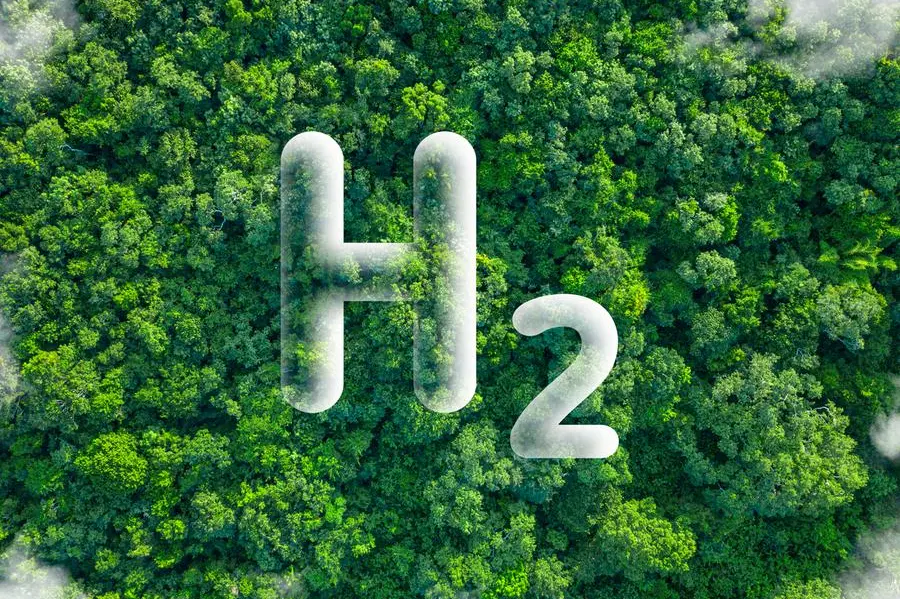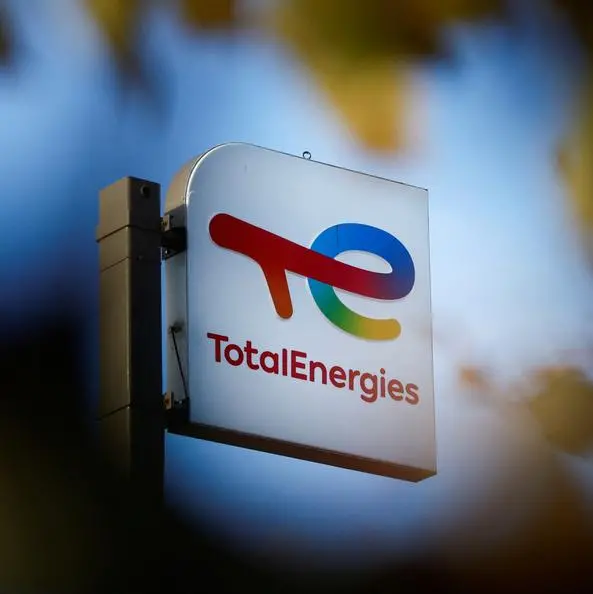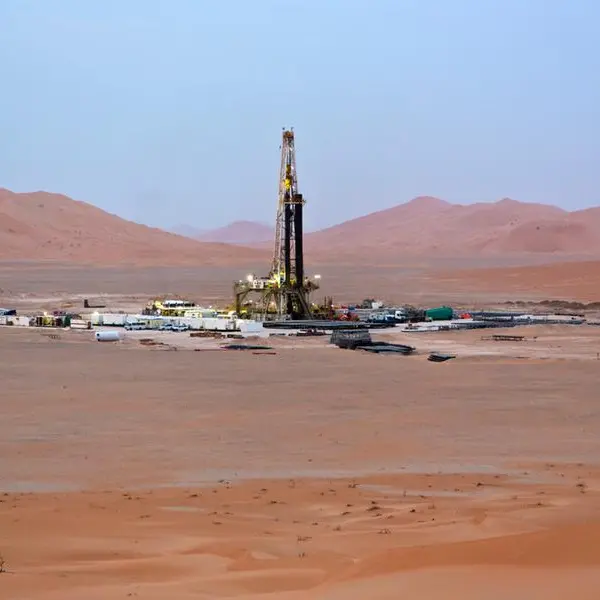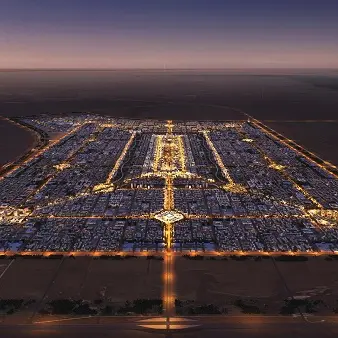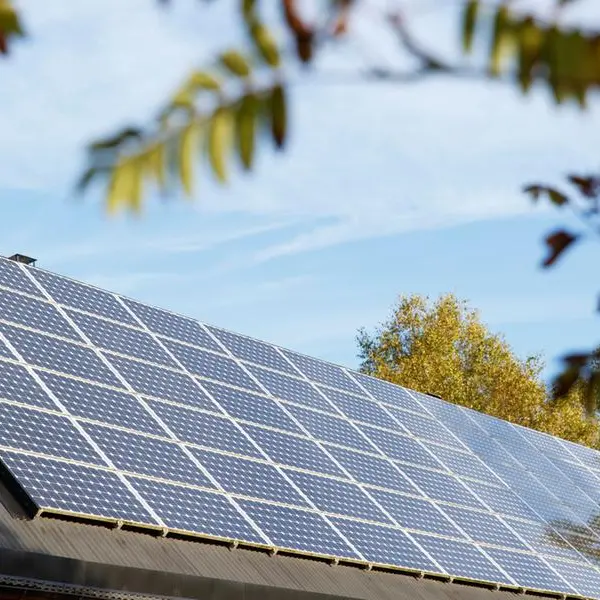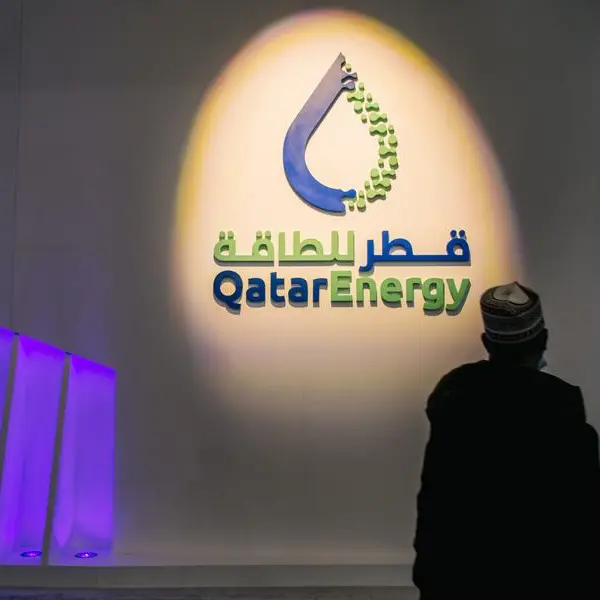PHOTO
Oman’s plans to boost its production of green hydrogen could boost the country’s economy, with developments being planned to attract more foreign direct investments (FDIs) and generate more jobs, according to Fitch Ratings.
The sultanate looks to produce more than 1 million tonnes of clean “green” hydrogen every year by 2030 as part of a strategy to transition to more sustainable energy.
Annual output is set to climb to 3.75 million tonnes ten years later and expand further to 8.5 million tonnes every year by 2050, exceeding Europe’s current hydrogen demand.
The ratings agency said Oman’s ambitious targets could support Oman’s key credit metrics, including GDP, fiscal revenue and the balance of payments, over the long term.
“The main impact of the green hydrogen development plan in the near term is likely to be on investment, external metrics and employment,” Fitch said.
“The significant inflows of foreign direct investment would boost GDP, but the lift would be counterbalanced by rising imports for project delivery. We estimate that in-country value-added requirements for these investments will support existing GDP and ancillary services.”
Current account balance
The projects’ exports would boost the country’s current account balance. However, this will be partly offset by external debt repayments and dividend payments to parent companies, Fitch said.
The activity within the sector would likewise boost GDP and create more jobs, with a significant share of labour requirements expected to be sourced overseas.
“In the longer term, Oman’s success in the development of a green hydrogen sector would help reduce somewhat its high dependence on fossil fuels and its exposure to the global energy transition,” Fitch said.
“Fiscal and export revenues from green hydrogen may still be susceptible to global energy-price cycles, but if Oman is able to develop an export base for green steel, this could diversify its exports.”
Last year, Oman announced it aims to achieve net zero emissions by 2050 and reduce the use of fossil fuels.
According to a separate analysis by IEA, Oman could become the sixth largest exporter of hydrogen globally, and the largest in the Middle East, by 2030.
(Writing by Cleofe Maceda; editing by Seban Scaria) seban.scaria@lseg.com
